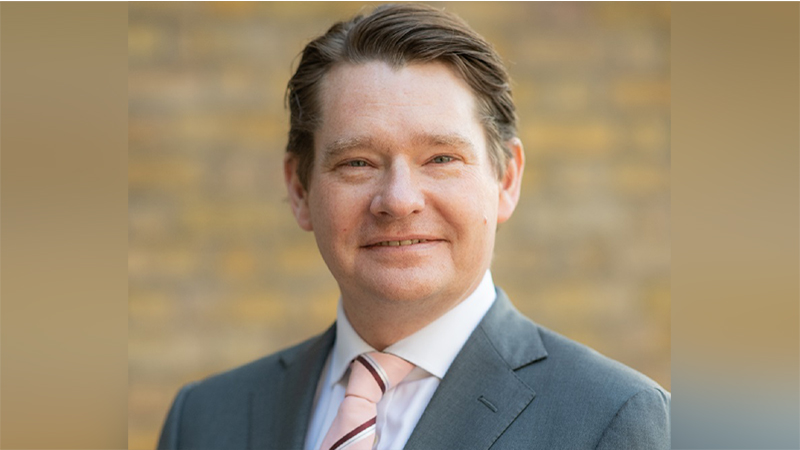For many years after the bubble burst Japanese firms were run for their bankers, for management insiders, to protect jobs and with scant regard for shareholders. There were low levels of alignment between insiders and shareholders. This model has typically developed into a defensive conglomerate structure with a large asset-rich balance sheet and low returns, low profit and low growth.
In practice wage growth and returns to shareholders have both been very weak over many years –this is a model in which no one was winning. By treating capital and labour as though they were free firms have avoided tough choices about what they are truly good at and also have not felt the need to invest in technology to increase productivity.
This is what is finally changing: Japanese firms are finally being forced to recognise that labour and capital are scarce and expensive – and they have to be used thoughtfully.
The ever-tightening labour market means that firms are increasingly having to compete for talent. This can be seen in the highest annual wage hikes since 1990. As the baby boomers retire this situation will only become tighter.
What then of capital? Companies in Japan have hoarded capital during the last 20 years and their balance sheets have lots of non-core assets. Firms have only reluctantly shared this with shareholders and although dividend growth and buybacks have been impressive over recent years they have not kept pace with the rate of cash accumulation. This is quite unlike the US or Europe.
The good news for Japanese investors is that this governance revolution is just starting and has many years to run. We believe that Japanese firms will as a result now not only return even more in dividends but also return excess capital through buybacks and focus their business on core competencies, driving returns on capital much higher.
This process has been given a further huge boost by two new TSE proposals: companies should discuss their cost of capital and take steps to address ‘material undervaluation’.
What does this mean? First, Japanese boards should formally consider what their cost of capital is (we think 10% is about right) and then defend both this assessment and their operational returns to their shareholders.
In many cases, they find that their large financial holdings are not generating the returns needed to cover their cost of capital and that they simply have too many assets for the size of their business.
The simple solution is to stop growing their assets by sharply increasing dividends and by committing to sell assets, and return excess capital to shareholders. This would reduce the size of the balance sheet, driving down the cost of capital and pushing RoE higher. This is seen at Dai Nippon Printing, which has agreed to sell billions in excess assets and return them to shareholders.
As firms become more aware of their cost of capital they will also look for other ways to adapt their business model to reduce capital intensity: increased focus on the core business, exit of non-core business activities, asset disposals, and reduction in working capital are all examples of what we have come to expect from firms in Europe and the US but which is still very new in Japan. For example, Sony recently announced its plan to spin out its financial services subsidiary; whilst Panasonic is rumoured to be considering a similar listing of its high-growth battery division; and an activist investor has urged the spin out of 7/11.
These moves can release a lot of value as investors do not give full value to high-growth businesses within mediocre conglomerates and are equally reluctant to reward companies with large balance sheets that do not return cash flow and excess capital. In turn, this has created a valuation anomaly where firms often trade for a small fraction of their intrinsic value because investors and management teams are not well aligned in terms of strategy and capital management.
The pressure from investors and TSE around the cost of capital is a seismic change for corporate Japan that will unlock both cash flow and trapped capital alongside the opportunity for significant value creation. On top of this, the TSE asked firms to address ‘persistent undervaluation’, which again compels Japanese boards to engage with low valuation – half of stocks in Japan trade below liquidation value.
The TSE has not specified what they must do but raising returns to shareholders, improving operating efficiency and returning excess capital are some of the common responses that we see to address this undervaluation.
Our holding Piolax, for instance, has committed to a 100% payout ratio (8% dividend yield) to stop its growing cash pile, it has announced a 10% Return on Invested Capital Target and also targets a positive spread over its cost of capital which implies a significant reduction in its excess assets over the next three years.
We are currently recycling capital from some of our biggest winners last year into some businesses where we feel the pressure to change capital strategy will be most acute. The characteristics of these companies are of course low valuation, very robust balance sheets and where we can see positive capital change catalysts.
The impact of these changes will be seen most strongly on the kinds of companies generally not owned by global investors – they are after all low returning, low valuation and frequently simply off the radar.
The two seemingly innocuous changes at the TSE on disclosing the cost of capital and acting to remove persistent undervaluation are a Trojan horse that forces capital allocation decisions to the front and centre in Japan. The long-term ramifications for higher returns on capital, shareholder return and market valuation are profound.









